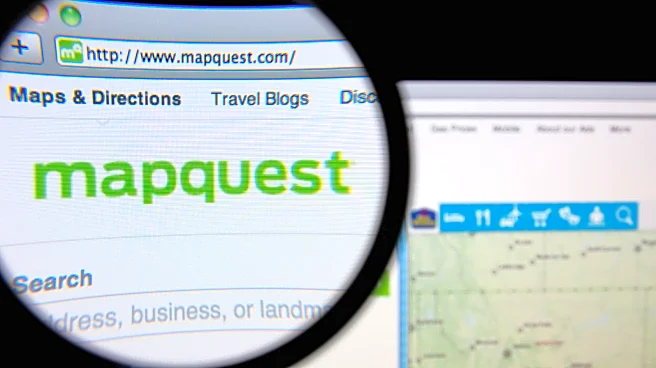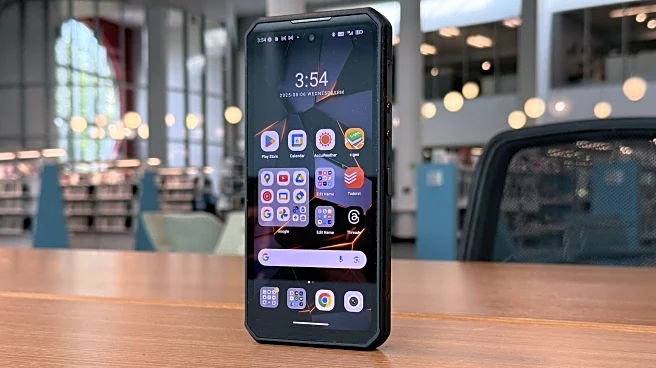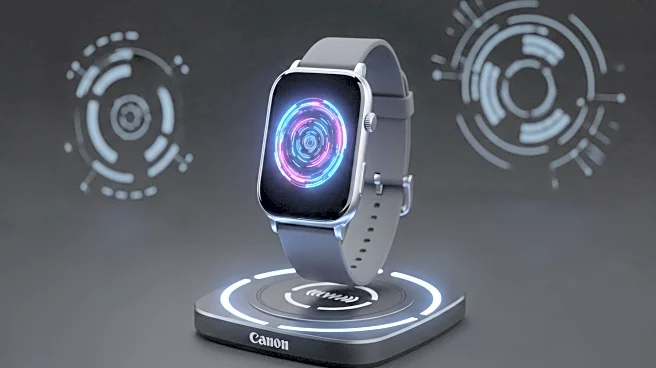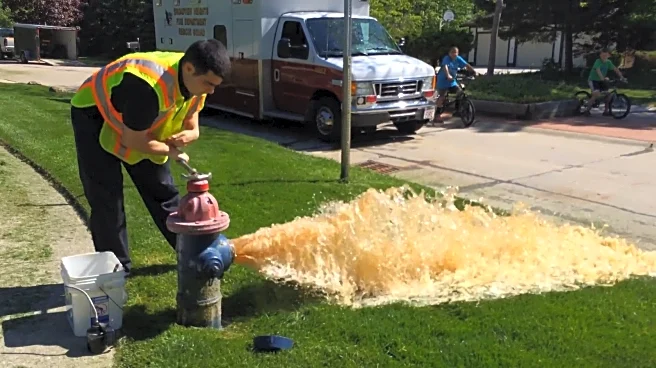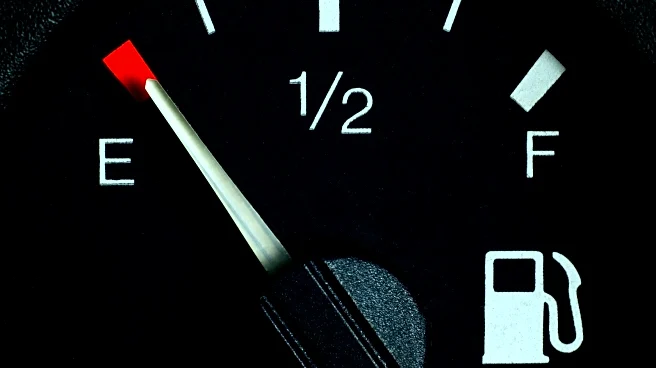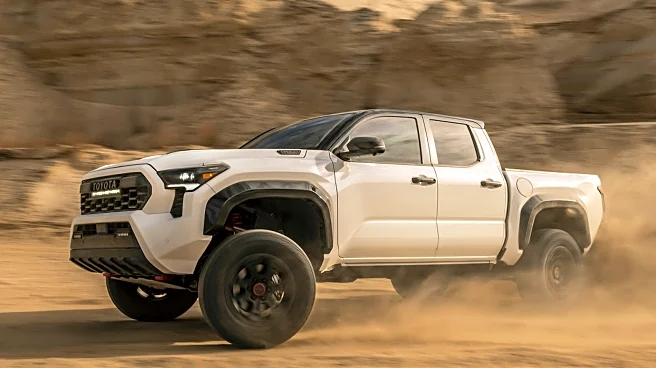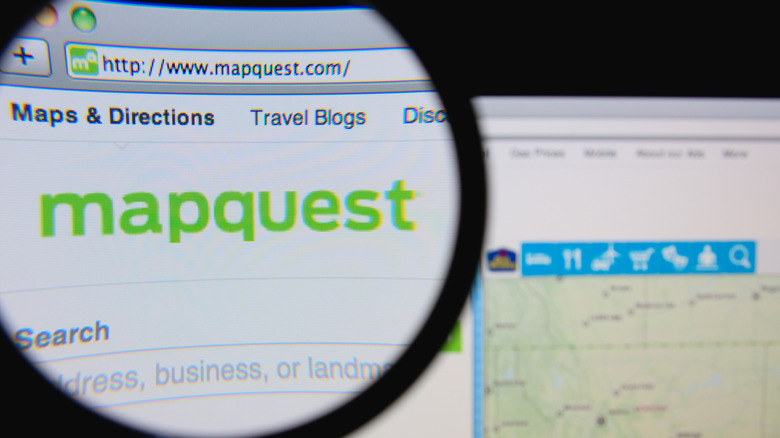
Whether you prefer Google Maps or Waze, there is a wide range of apps that provide driving directions these days -- and they will often give real-time traffic and accident updates, alternative directions to take while en route, and the ability to switch destinations completely if you figure out you need gas or a bathroom break. These are all things we have basically taken for granted the last few years, but before advanced GPS apps, we were using printed out directions from a site called MapQuest.
MapQuest was the first online mapping service, a website that launched in 1996 after starting its journey as a commercial printing service that created driving maps for gas stations in the 1960s. It remained one of the only online mapping websites until around 2005, when Google Maps entered the game. When iPhones launched in 2007 with the Google Maps app included, MapQuest saw its monopoly on digital mapping come to an abrupt end. Now, MapQuest has its own competing app, which launched in 2012, and continues to get 700 million map inquiries on its site every month. It offers all of the same services as its competitors, including nearby attractions and live traffic updates.
"[Google Maps] has accomplished a tremendous amount and raised the bar extremely high," MapQuest's Founding CEO Barry Glick told Internet History Podcast. "They make their technology available to third parties, which is also fantastic. But what's a little less fantastic is they have a very big built-in advantage [on competition] due to search still being such an important way for people to find locations."
Read more: Every Major Car Insurance Company Ranked Worst To Best (According To Consumer Reports)
MapQuest Technology Explained

A glance at MapQuest's website shows a very simplistic design and straightforward layout. However, a lot of technology goes into digital mapping behind the scenes. The technology falls under a process known as "geocoding," which turns addresses into coordinates -- longitude and latitude. MapQuest creates its maps using satellite images and purchased road data, as well as gathered data for establishments from data providers, creating millions of pre-drawn tiles on its servers.
MapQuest also features a search engine, which scans through the site's expansive database for the best matches. To optimize searches for better accuracy, MapQuest uses an algorithm that's optimized by user feedback, essentially following the most common path for other users who have done similar searches. To get the most efficient and direct route to the destination once it's pinpointed, MapQuest considers roads' speed limits, stop signs, and current traffic and construction to figure out the user's estimated arrival.
MapQuest, Google Maps, and other competitors continue to add new features, hoping to make driving even more efficient. Glick explained that advancement is largely focused on understanding users' behaviors and needs, as well as continuing to implement new transportation methods like ride sharing. This continues to make GPS apps more convenient for a wider range of scenarios as technology advances.
Want the latest in tech and auto trends? Subscribe to our free newsletter for the latest headlines, expert guides, and how-to tips, one email at a time.
Read the original article on SlashGear.
